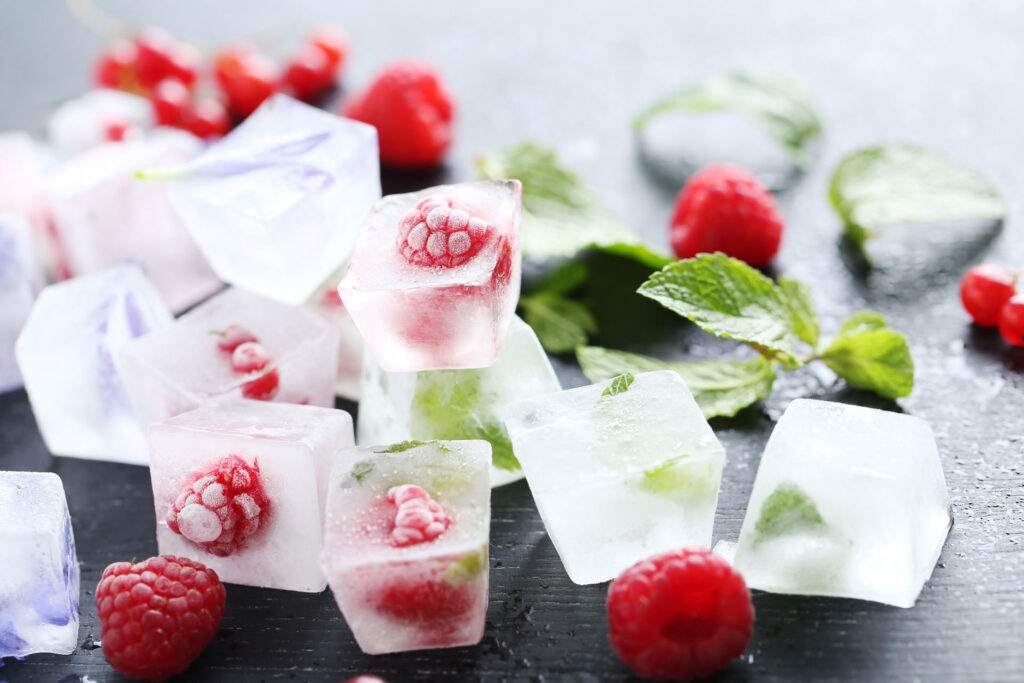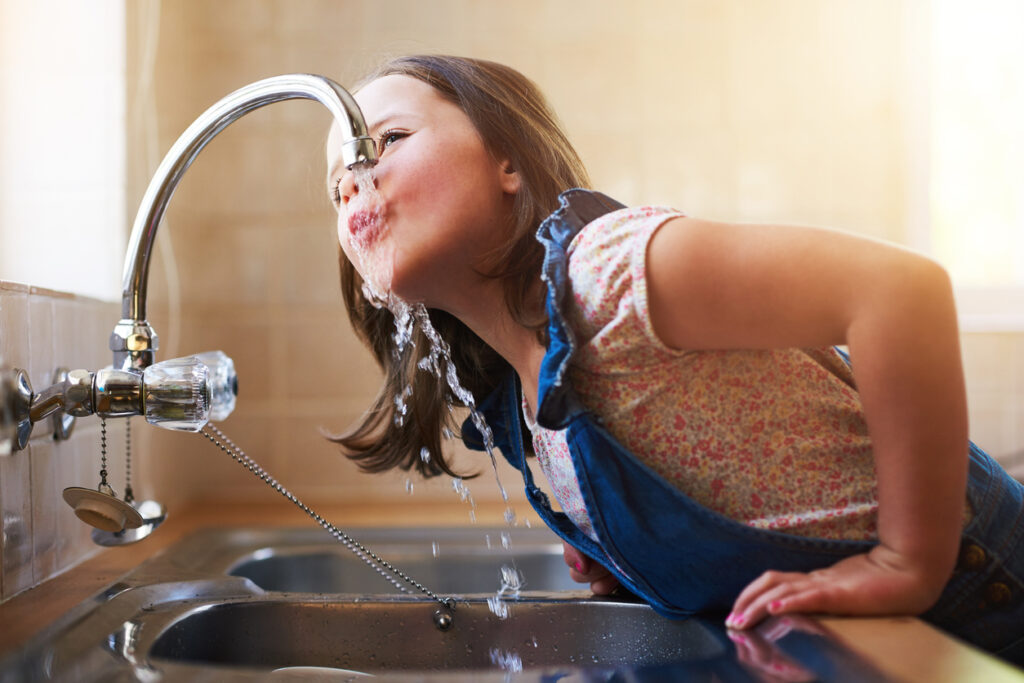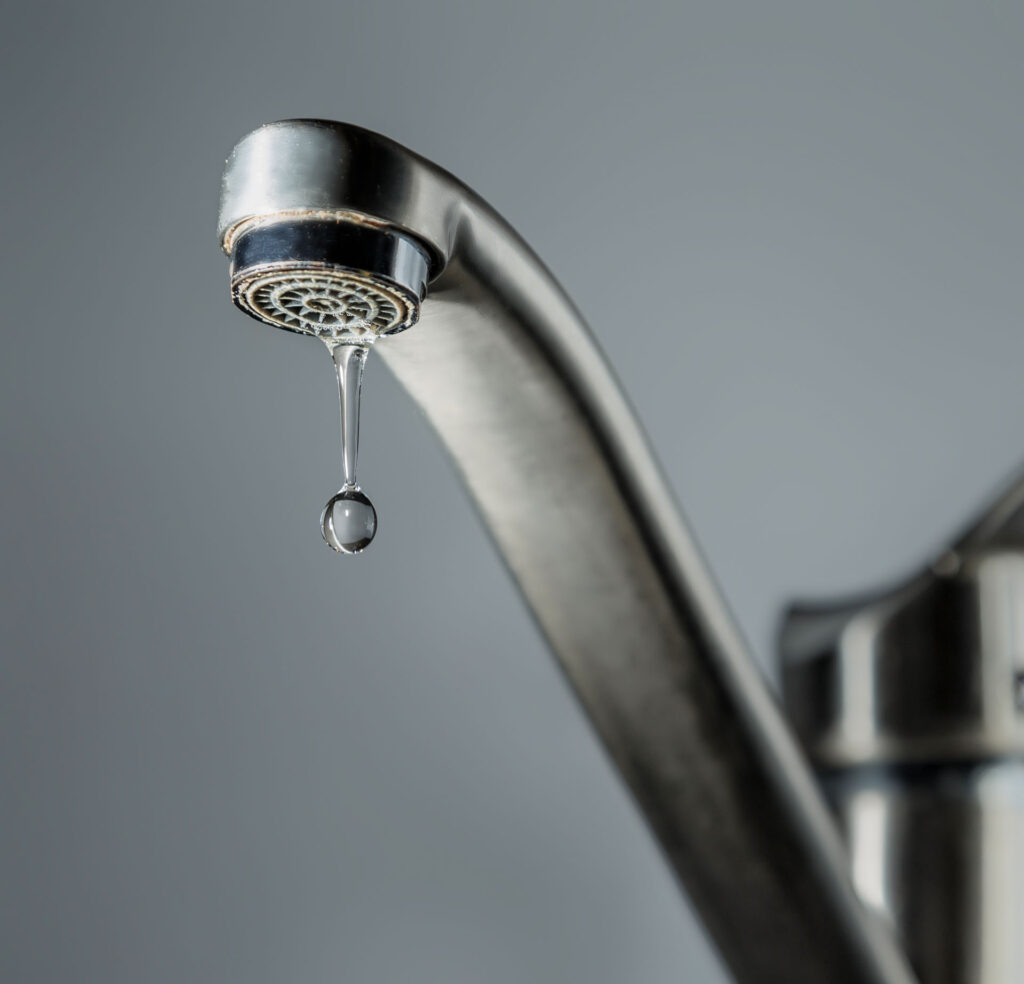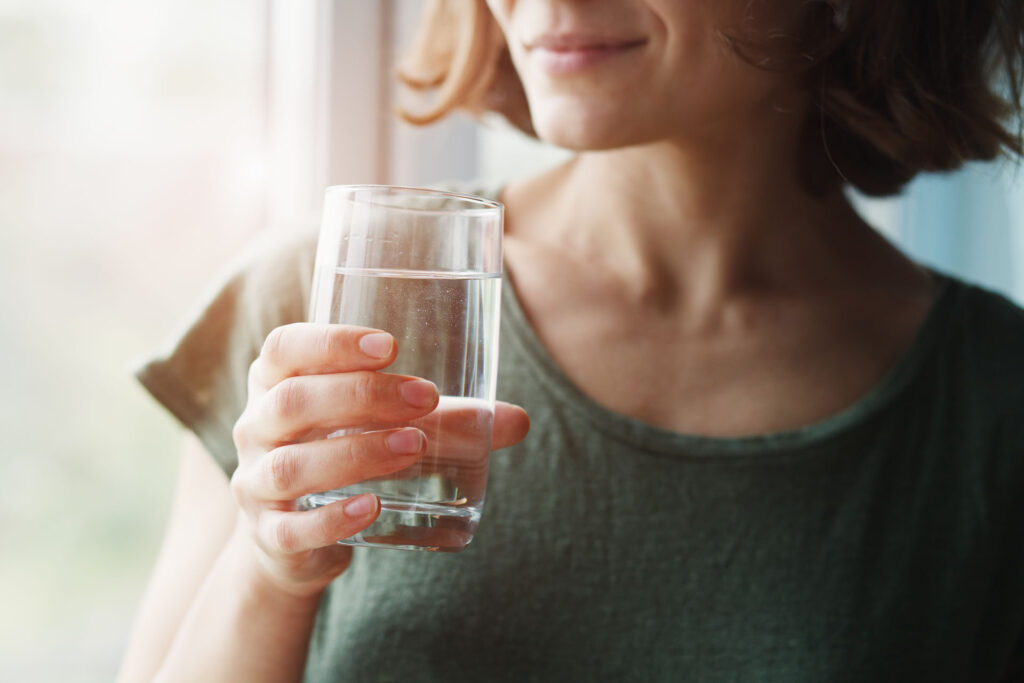Blog
We regularly post interesting facts about water treatment. Discover them here.
Frequently Asked Questions
Here you can find a number of frequently asked questions about water treatment with a clear and substantiated answer (*)
Aqua Belgica, the Belgian federation for water treatment, calculated, based on figures from the national institute for statistics (Statbel), that a Belgian family of 4 people can save up to 650 euros or more on an annual basis by using a water softener. This is similar in many other countries. Click here for more details.
A water softener really removes the scale from the tap water before it is distributed in your home. This is done with the help of resins, which will retain the dissolved hardness minerals in the water. Such an ion exchange water softener is the only truly proven technology for residential water descaling to date. Click here and discover how a Hydro@Home water softener works.
Other types of devices and methods are known that do not soften the water, but would prevent the precipitation of the scale. The hardness minerals are therefore not removed from the water in this case. Their effectiveness is often limited in practice, sometimes even questionable or not really suitable for domestic applications. So inform yourself well if you would consider an alternative system. Feel free to contact our specialists for advice without any obligation.
Water softeners really remove the hardness minerals from the water. Other systems, such as polyphosphate dispensers, for example, neutralize the effect of limescale precipitation. Physical scale-avoiding devices (e.g. magnetic) are in turn assumed to prevent the scale from precipitating in the water. Tests of various physical scale-avoiding devices show that we can be critical of their proper functioning. In perfect (laboratory) conditions they sometimes achieve decent results, but in a practical environment the effect is rather unpredictable and limited. They usually only work at temperatures lower than those of a central heating system and at a limited flow rate. The constant quality of the water also plays an important role.
An ion exchange water softener is the only proven technology for domestic water descaling to date. Do not hesitate to ask us for advice without any obligation.
In the water softener, the tap water is sent through a resin tank, where the calcium and magnesium ions in the water (which cause the limescale deposit) are replaced by harmless sodium ions. This process is called ion exchange. When the resin is saturated with limescale ions, it is renewed again and again by rinsing the resin column with brine. This process is called regeneration. Click here and discover in more detail how a Hydro@Home water softener works.
Almost always, as the ideal soft water does not contain any lime and has a hardness level of 0°fH. This of course prevents limescale build-up, but you also get a maximum of savings (energy, soap, cleaning detergents and lime-removing products) and a significantly increased comfort (less maintenance and the wellness effect of soft water). All the benefits of soft water can be found here. That ideal should be achieved as much as possible. If a residual hardness is desired, this can be set.
The quality of our tap water depends on the layers of soil through which it seeps before it is pumped up. Water hardness is often expressed in French degrees (°fH), where 1 °fH corresponds to 10 mg of limestone (CaCO3) per liter of water. The levels of water hardness can be divided into the following categories:
- soft water: 0-7 °fH
- medium hard water: 8-15 °fH
- hard water: 16-30°fH
- very hard water: > 30°fH
Do you know the hardness of your tap water? You can request the hardness of the water in your area from the water distribution company, or we can measure it for you at your home. Click here to request a free water test.
During the regeneration of the appliance, the brine solution releases part of its sodium ions and replaces them with the calcium and magnesium ions that have attached themselves to the resin beads. These calcium and magnesium ions and the excess sodium ions are discharged to the sewer with the brine solution. View here how a water softener works.
Salt or sodium chloride is used for the regeneration process in water softening. Due to dilution with all the other waste water, the environmental polluting effect will be negligible. Moreover, all things considered, softened water is better for the environment. Why?
• due to the lower energy consumption when heating the water;
• due to less washing powder, soaps and other detergents in the waste water (up to 50% less use);
• due to the longer lifespan of household appliances and textiles.
Finally, we should also mention that modern softening systems already work efficiently with considerably smaller amounts of salt.
And if the water softener is combined with, for example, activated carbon filtration, the plastic waste mountain can be reduced because you no longer have to buy bottled water.
Only special salts for water softeners may be used for the regeneration of the resin. Only those salts guarantee a completely pure brine solution, without wastage.
The members of the Belgian water treatment federation Aqua Belgica, such as Hydro@Home and manufacturer Delta Water Engineering, only use resins that meet the imposed government standards of the respective countries of distribution. The consumer is therefore not in any danger when he calls on their services.
In several countries there are advantageous VAT rates. Contact our local distributor in your country for more details.
For instance in Belgium, if the water softener is installed by a professional in a home that is older than 10 years, you are entitled to the reduced VAT rate of 6% (as well for purchase, installation as maintenance). The VAT rate of 21% applies to homes that are younger than 10 years.
And in France, the VAT currently charged on the installation of a water softener as well as on the equipment is reduced from 20% to 10% if the home is over two years old and the installation is carried out by a professional.
When comparing the prices of water softeners, it is best to include the cost price of the water and salt consumption for regeneration in the calculation, as well as the price of maintenance. A device should last at least 15 years, so the operating costs of the device will become an important factor over that period.
Hydrosoft water softeners work volumetrically and therefore take into account the specific water consumption and the degree of softening. The calculation of the expected water and salt consumption is therefore relatively complex. So feel free to call on the Hydro@Home specialist in your area to help you with this, without any obligation. And for our Hydrosoft devices, the annual savings that a water softener brings will more than make up for these running costs.
(*) source: Aqua Belgica, the Belgian federation for water treatment
Any further questions, comments, or are you interested in a water softener? Please feel free to contact us for more information, without any obligation.
Your data will only be used to answer your question. For more information, please consult our privacy policy.
True or False?
The water softener has played an essential role in our daily life for many years. On the one hand, for the industry, because it made technological developments and substantial savings possible. On the other hand, the water softener has greatly helped the private persons to improve the efficient management of their sanitary installation and their daily well-being and comfort. Although the water softener is widely recognized in the scientific and medical world, a number of falsehoods are still perpetuated today among the end users. Aqua Belgica, the Belgian federation for water treatment, has cleared up some of these misunderstandings and myths in its publications (*). Below an overview:
Softening by means of ion exchange resins is one of the processes recognized by public authorities for the treatment of water intended for human consumption. And in certain cities and regions with very hard water, it is sometimes partially softened by the local drinking water company before being distributed via the water supply network.
The composition of the water is changed by the ion exchange. Calcium and magnesium are exchanged for sodium. The currently valid indicator value for sodium is 200 milligrams per litre. When softening hard water with an initial hardness of, for example, 30°fH (which is a very common hardness) to 6°fH, only 110 mg sodium per liter of water is added.
The normal diet of an adult contains 6.000 mg of salt per day (corresponding to +3.500 mg of sodium); a low-salt diet contains between 1.000 and 2.000 mg of salt. This example – and this also applies as a general rule – shows that approximately 98% of the sodium input comes from the diet versus 2% from the water softening.
For eventual specific drinking water regulations per country, please check the local legislation or contact a Hydro@Home water specialist in your country.
In sodium chloride, which is also used in cooking and popularly called “table salt”, the salty taste comes from the association of sodium with chlorides. In softened water, the sodium content increases, while the amount of chlorides remains unchanged. So, even if the sodium taste would be perceptible, one could at most say that the water is “sodium-containing”.
Standing water stimulates bacterial growth, that’s just a law of nature. If you leave a bottle of water open for a while, it quickly develops into a real breeding ground for bacteria. No one has ever seen bones in it, and rightly so! In a water softener, however, the water circulates daily, which means that water standstill is very rare. On the other hand, if a water softener is not used for a longer period of time (for example during a holiday period), it is advisable to flush the appliance together with the entire pipe system, by letting the water flow for a few minutes at all tapping points.
Fortunately, the human body houses millions of bacteria of the most diverse species. They ensure that we can live. Drinking water contains very few harmful bacteria, and our immune system is there to neutralize them. International experts are therefore of the opinion that bacterial growth in additional water treatment equipment is no relevant threat to human health at all.
In addition, water softening is a preventive treatment. By preventing limescale build-up in the water pipes and boilers, the growth of a number of dangerous bacteria, such as legionella, is inhibited; calcium deposits are after all an ideal breeding ground for these organisms.
Nothing stops a user from softening the cold water in a normal home. Water that is drinkable when it enters the water softener will remain so when it leaves the appliance. Although cold water causes less limescale than warm water, it is better to soften the cold water as well. First of all, because there are a large number of household appliances in which the incoming cold water is heated.
Naturally soft water, which is found in some granitic areas, is rather aggressive and sometimes corrosive for the sanitary installation. But soft water should not be confused with softened (“descaled”) water! They differ substantially in their mineral composition. Natural soft water not only contains little hardness minerals, but also little dissolved minerals in general and can therefore affect the water pipes.
Softened water, on the other hand, is originally hard water, which is therefore rich in minerals. The softening reduces the calcium and magnesium content and thus prevents limescale, but does not change the amount of dissolved minerals. So softened water cannot corrode more than before the softening. It offers the benefits of soft water, but not its drawbacks.
Although a little residual hardness may seem good for the pipes, it is a myth to think that the “lime layer” offers guaranteed protection against corrosion. First of all, because this lime layer is not built up uniformly in the pipe network; in some places it will not be formed, in other places it will be excessive. Moreover, there are several other forms of corrosion that are actually stimulated by limescale; the ingestion can therefore be going on under the limescale for completely different reasons, while people think that there is nothing wrong with it!
The European drinking water directives concerning water for human consumption do not contain any reference to hardness, calcium or magnesium content. The sodium content, which replaces the calcium and magnesium ions in the event of softening, is only described in the same European drinking water guidelines as an “indicator parameter”, and is therefore not decisive for the potability of the water.
The water companies supply water whose hardness strongly depends on the geographical and geological origin; some waters are originally very soft, others are very hard. Depending on his budget or the expected comfort, the consumer is free to partially or completely soften the water supplied by the water company.
When implementing this European directive, most countries followed the European drinking water directives on this point. The local drinking water regulations of some countries (e.g. Belgium) do mention a minimum hardness of the water, which, however, only applies to the water that is supplied to the end user by the water companies via the public pipeline network and therefore does not apply to the end user himself.
For eventual specific drinking water regulations in other (non-EU) countries, please check the local legislation or contact a Hydro@Home water specialist in your country.
It is already known for quite some time among doctors, nutritionists and mothers: sufficient calcium is essential for a good health. And not just for breastfeeding women and growing children, we need calcium throughout our lives, especially to compensate for the descaling caused by the aging process.
However, calcium salts dissolved in drinking water are only absorbed to a very limited extent by the human organism. Even water rich in calcium minerals provides only a small part of the calcium requirement. The calcium absorbed by the human body is mainly found in milk and its derivatives (butter, cheese, etc.) and many food products such as dried fruit and vegetables, chocolate, fatty fish and seafood, organ meats and whole-weat bread.
Water only plays a minor role when it comes to calcium input. Therefore, no calcium deficiency as a result of drinking water is found in regions with naturally soft water.
Along with air, water is one of the most vital elements. A water softener is therefore not just an appliance that can be forgotten once installed. In practice, however, this happens sometimes more often because of the automatic operation and the installation location of the water softener. But a regular monitoring of the water softener is essential.
For example, it is necessary that the end user regularly replenishes the stock of regeneration salt in the water softener. If this does not happen, the water softener will run out of salt after a certain time, so that it can no longer regenerate and thus can no longer soften the water.
Failure to maintain your water softener on a regular basis can also result in malfunctioning; it is therefore strongly recommended that the end user concludes a maintenance contract with a professional.
(*) source: Aqua Belgica, the Belgian federation for water treatment




